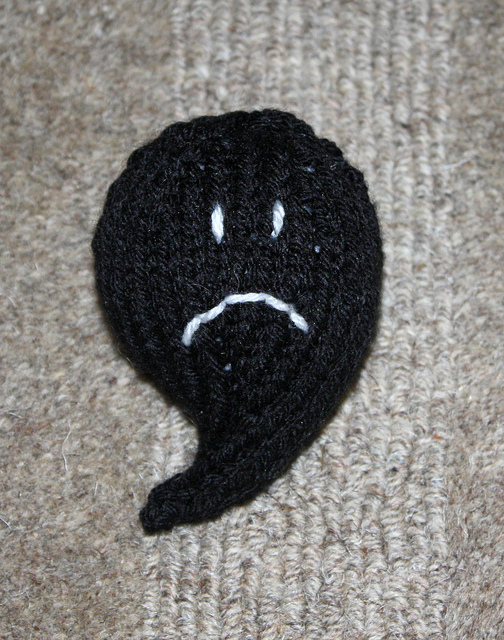A review of the possessive in English Posted by Gabriele on Jul 14, 2015 in English Grammar
Here is quick review of how to create possessive words in English. If you have any questions be sure to ask them in the comment box below.
The possessive form is used to indicate ownership or belonging. In English, we usually add –‘s (apostrophe + the letter s) to the end of a noun or noun phrase to indicate possessiveness or possession. So, first let’s take a look at some simple, singular nouns, in which –‘s is always used to indicate possession.
Here are a few examples:
the cat’s food
Jill’s new car
one’s thoughts
the family’s new dog
In English if a noun or noun phrase is plural it usually already ends in the letter s, because the letter s (without an apostrophe) is used to indicate a plural noun. To form the possessive of a plural noun the general rule is to add the apostrophe (‘) after the existing s.
For example:
the cats’ food
the writers’ conference
the families’ new dogs
For irregular plural nouns you will need to add –‘s to the end of the word to indicate possession (just like you did for singular nouns).
For example:
the children’s toys
the mice’s cage
the people’s clothes
The correct way to write the English possessive becomes a bit trickier when talking about proper nouns (i.e. names) that end in –s. (For names that don’t end in the letter s just add –‘s to the end of the word.) There is some debate about what is “the right” way to write some of these names in the possessive form, so don’t feel bad if you don’t know or you don’t get it right – just try your best – some people think there is no one “right way” and in fact you can either add –‘s or just an apostrophe.
There is a grammar rule that says: add -’s to a all proper nouns regardless of whether they end in the letter s or any other letter. That sounds easy right? But others feel that you should not add –‘s to a proper noun that already ends in s. The reason some proper nouns that end in s do no get the –‘s to show possession is because the –‘s is not pronounced. Sometimes it sounds funny to native speakers to say the letter s multiple times in a row. So, some believe it is best to just add an apostrophe to show possession in these cases. I have found a rule about this that says: only add -‘s to a proper noun if you are actually going to say the extra s (i.e. as an additional syllable in the word) if you aren’t going to say the extra s don’t add it just use the apostrophe. Of course this rule is not very helpful for ESL students, who aren’t always sure when it is good to pronouns an extra s or not! And, there are no good rules for figuring out which proper nouns should have the extra letter s pronounced and which should not. Sorry. One helpful hint is that old, traditional, Greek or Latin names almost never get –‘s (to show possession) they just get the apostrophe. But new, modern names usually do have the –‘s added.
Examples:
Socrates’
Ulysses’
Jesus’
Ross’s
Anais’s
Carlos’s
I hope that helps a little. Even though the idea of creating possessives in English is pretty straight forward – just add –‘s – carrying out this idea with words that already end in the letter s can get a little tricky.

Build vocabulary, practice pronunciation, and more with Transparent Language Online. Available anytime, anywhere, on any device.
About the Author: Gabriele
Hi there! I am one of Transparent Language's ESL bloggers. I am a 32-year-old native English speaker who was born and raised in the United States. I am living in Washington, DC now, but I have lived all over the US and also spent many years living and working abroad. I started teaching English as a second language in 2005 after completing a Master's in Applied Linguists and a Certificate in English Language Teaching to Adults' (CELTA). Since that time I have taught ESL in the United States at the community college and university level. I have also gone on to pursue my doctorate in psychology and now I also teach courses in psychology. I like to stay connected to ESL learners around the world through Transparent Languages ESL Blog. Please ask questions and leave comments on the blog and I will be sure to answer them.





Comments:
Sebastian:
This article uses different apostrophes. In the second paragraph, a left-slanted “‘s” is used, while the examples actually use a right-slanted “’s”. Can both be used? What is the difference?
Also, on my QWERTY keyboard with US layout, the key to the left of the return key is yet another apostrophe: a straight ‘. This is actually the apostrophe that I use all the time, and it is also the apostrophe that is used in the “About Gabriele” block of text. Is this a valid apostrophe or should we use one of the slanted apostrophes?
Gabriele:
@Sebastian Sebastian,
Interesting question. I think the different apostrophes you are referring to in this article are these:
let’s
–‘s
They do have different orientations as you mention; left-slanted and right-slanted. They are both equivalent as apostrophes though, as far as I know. I think the orientation of the apostrophe is an artifact of the font – they are not important grammatically. For instance if I type an apostrophe in isolation it may slant one way, but if I type it within a word (in a contraction) it may slant a different direction and with some fonts the apostrophe have no slant at all! So, I wouldn’t worry that much about the slant if I were you – it isn’t grammatically important.
-Gabriele